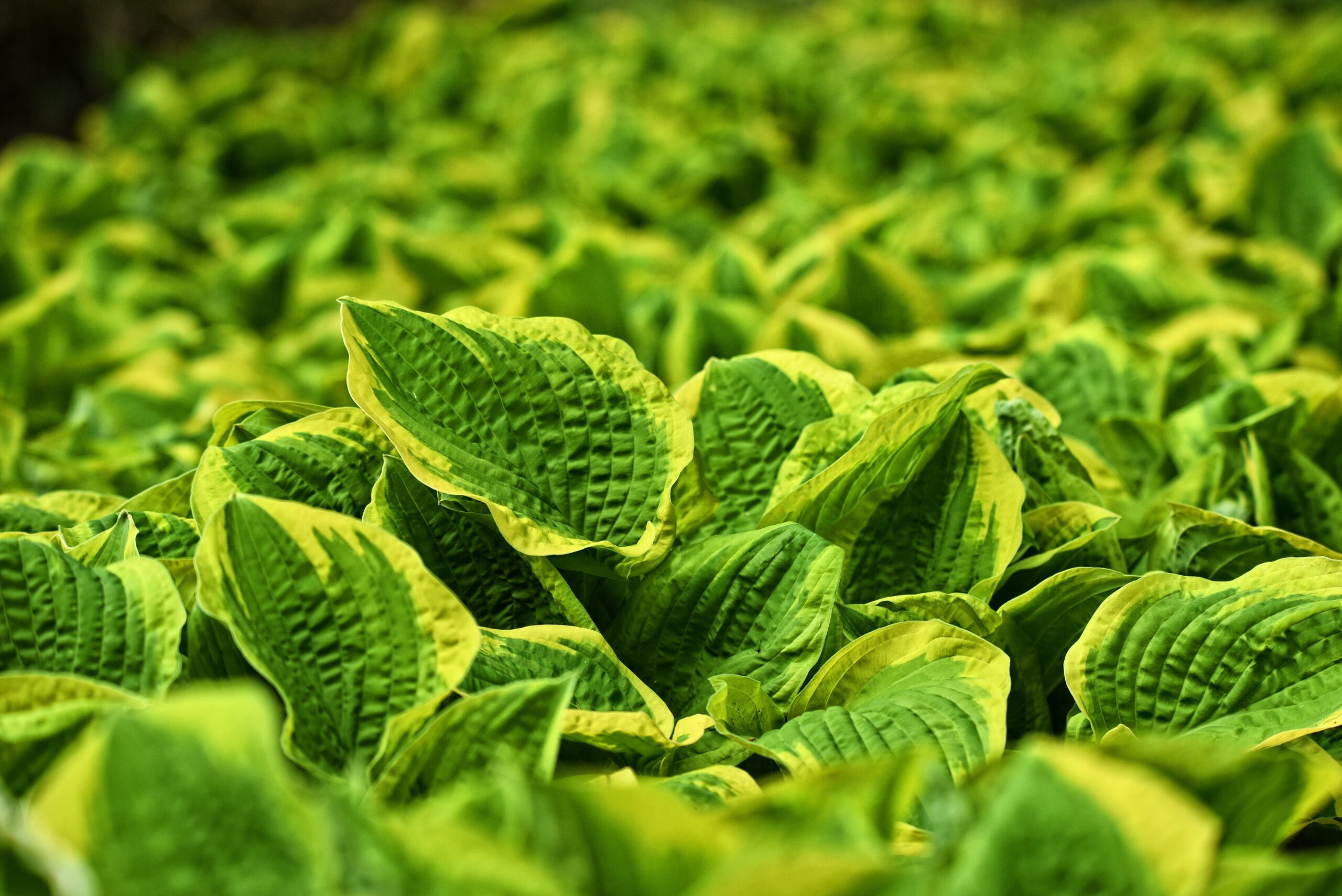Successful growers know their operating costs. They also know what production changes will positively impact operational profitability. Increasing fertilizer efficiency is an obvious opportunity for improvement. An internet dictionary defines efficiency as “the ability to achieve an end goal with little to no waste, effort, or energy.” When it comes to improving nutrient use efficiency in a crop it means: 1) reduced waste – more nutrients absorbed by the plant and less lost to the environment; 2) less labor utilized; and 3) fewer minutes of the day concerned about the nutrition of your plants and negative production cost variances.
Last month’s “Focus on Biologicals” article demonstrated the breakeven analysis for grower-applied mycorrhizae was very low. Basically, if the mycorrhizal application could benefit the crop more than 3% the grower financially benefited. That breakeven threshold should be easily achieved with a high-quality mycorrhizal product that is properly applied (location near the growing root system) and (timing, early in the production cycle, to maximize benefits).
Today’s article will focus on the return on investment from mycorrhizae use and its impacts on nutrient use efficiency. Improving nutrient use efficiency is very timely given the elevated costs of nutrients and labor, and with no expectation either will drop over time.
It is often estimated that fifty percent of applied nutrients are lost on a plant grown without mycorrhizae. Using last month’s breakeven analysis as our example for this month, that would be fifty percent of $0.328 (material cost to treat a basket over the entire crop) = $0.164 per 10-week 10-inch basket. The financial opportunity is substantial with improved nutrient use efficiency. Many factors contribute to the lack of nutrient acquisition efficiency of the plant. One factor to consider is improving the nutrient use efficiency of the applied nutrients. A simple option to improve the nutrient use efficiency of the plant is to add mycorrhizae. Mycorrhizae use will allow a grower to increase plant nutrient absorption which in turn increases nutrient use efficiency. Growers can reduce their fertilizer usage by up to 40 percent (depending on the crop, cultural practices, and crop time) compared with not using MycoApply mycorrhizae. A ten to fifteen percent reduction should be easily achievable for most growers.
You may be asking yourself the question, “How do mycorrhizae increase plant nutrient absorption?” After mycorrhizae connect with the plant their primary purpose is to expand the plant’s root mass. The root mass is composed of the plant’s roots, root hairs and the mycorrhizal hyphal network. The expansion of the root mass comes from the growth and development of the mycorrhizal hyphal network, not the roots and root hairs in most situations. Growers do not need to worry a mycorrhizal plant will become root-bound sooner. The mycorrhizal hyphal network extends both beyond the root depletion zone (current root’s area of influence) and in areas within the root depletion zone that are not accessible by the roots and root hairs. Mycorrhizal hyphae are one-tenth the size of a root hair. Over time, the expanded root mass can expand to be 50 times the size of the original root mass. This can mean an extension of up to 2 feet beyond the outermost roots in a plant grown in mineral soil or the greater capturing nutrients within a container. The increased absorptive area is hard for most of us to image unless we view a 3-D root image. You cannot always see the difference when you “pop” a plant out of a pot. The mycorrhizal hyphae are better than roots at absorption. Nutrients can be absorbed along the entire length of the hyphae compared with just the tip for roots and root hairs. On top of that, mineral nutrient uptake through hyphae can come from both the soluble and insoluble pools of nutrients. And to ensure uptake efficiency, mycorrhizal hyphae allow for greater inflows through their system. Plants with mycorrhizal relationships develop better root absorption systems which increases the nutrient use efficiency of the plant. For more information, check out this How It Works video.
How much do you want to increase your nutrient utilization? A MycoApply mycorrhizae trial is the best way for you to confirm the potential for increased efficiency which translates to savings. First start with a single variable trial of with and without mycorrhizae. Apply early during the production cycle for best results. The largest obstacle for most growers seeing the value of mycorrhizae is their fertilization rates are too high. We suggest you start with a rate of 200 ppm nitrogen or below. Then move to a reduced fertilizer trial. Subsequent fertilizer reduction trials can be made until you find the sweet spot where you are comfortable. The reduction potential varies by both crop and variety and, most times, growers develop a compromise rate for the reduction since they grow a variety of plants that each have different nutrient needs.
Money is sitting on the table; it is time to start a trial.
Over the next several “Focus on Biologicals” articles I will be addressing the potential return on investment (ROI) opportunities for mycorrhizae use. The benefits of MycoApply mycorrhizae use can go beyond the topics we have discussed in the last two articles to improved overall plant health. If you have any questions about anything covered in this article or MycoApply Mycorrhizae, please contact your local Mycorrhizal Applications Representative, call 866-476-7800, or email us at inquiries@mycorrhizae.com.
Written by: Blair Busenbark, Sales and Commercial Marketing Manager, Mycorrhizal Applications







